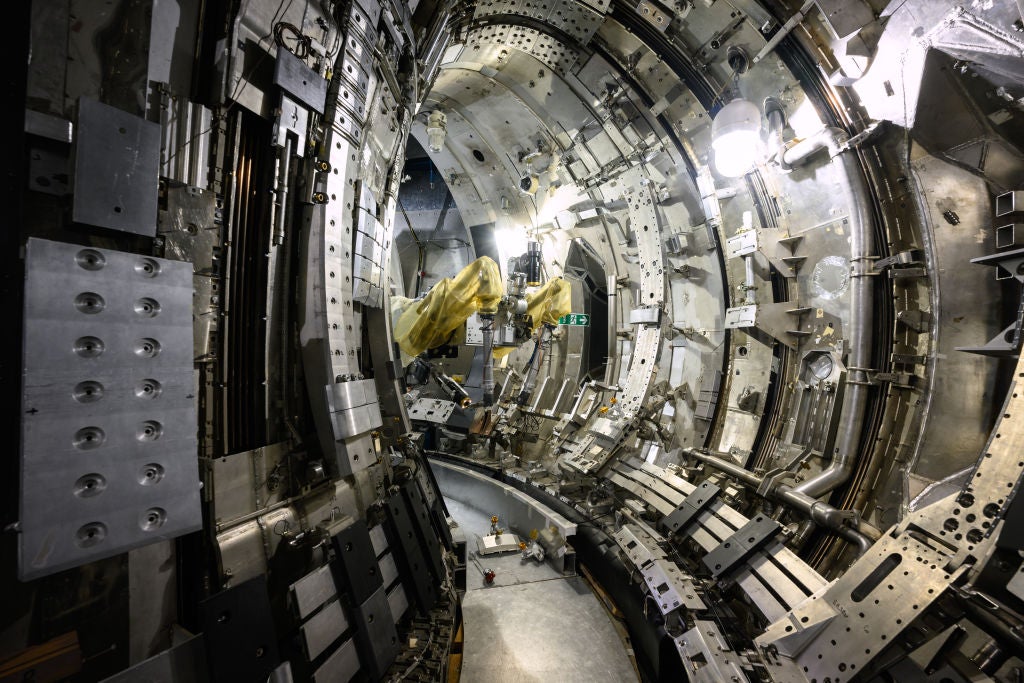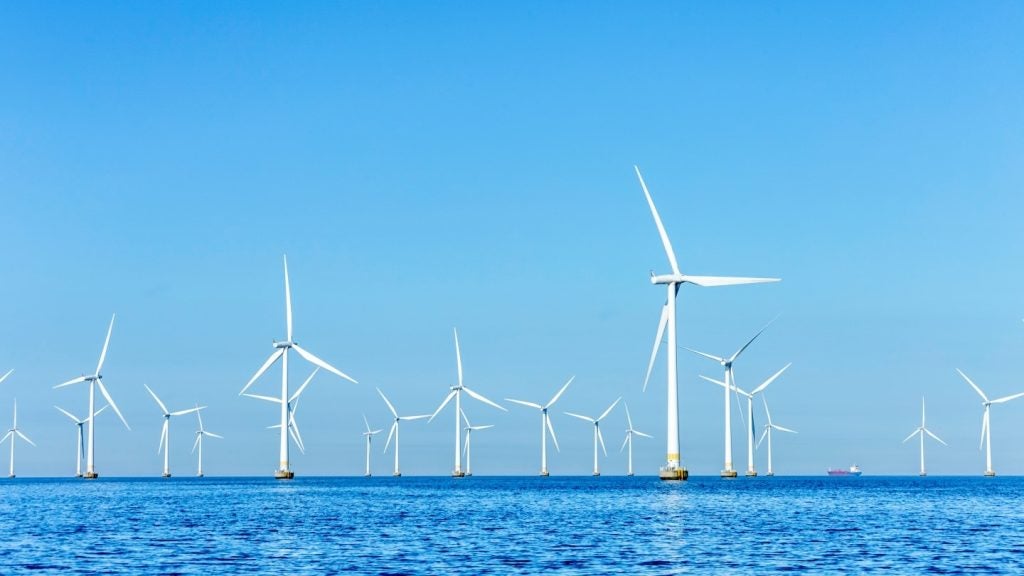

It’s an energy source that’s steady, sustainable and abundant, with no chance of being depleted. More predictable than wind or solar power, and better for the planet than fossil fuels, it has been pegged as holding the potential to generate almost a third of the United States’ electricity needs. And yet wave energy remains an almost entirely untapped resource, with a considerable amount of work to be done before it reaches full commercial viability.
"To date, the levelized cost of wave energy conversion is high," explains Shalinee Kishore, associate professor of electrical and computer engineering at Kishore University. "Since wave energy is early in its development compared to other renewables, existing testing infrastructure and standards are insufficient, and current regulatory and permitting procedures have not caught up with the technology."
Certainly, installing a wave farm might be seen as prohibitively pricey. The costs of labour and equipment are typically high, and harsh offshore conditions are liable to hike up maintenance costs too. And while several commercial-scale wave farms have been deployed in Europe and Australia, the US has yet to make the leap: its one commercial wave park ground to a halt in 2013 due to legal and technical problems.
Kishore and her research team at Lehigh University are looking to redress this situation. Through focusing on the design, operations and maintenance of ocean wave farms, they are seeking new ways to improve the technology and help wave power fulfil its potential.
See Also:
"We want to develop novel sensing, prediction, optimisation and control techniques for wave energy farms, and to leverage these techniques to design and operate farms that are reliable, efficient, economical and environmentally benign," she says. "In doing so, we also want to identify and exploit revenue streams and market integration opportunities for wave power producers."
How well do you really know your competitors?
Access the most comprehensive Company Profiles on the market, powered by GlobalData. Save hours of research. Gain competitive edge.

Thank you!
Your download email will arrive shortly
Not ready to buy yet? Download a free sample
We are confident about the unique quality of our Company Profiles. However, we want you to make the most beneficial decision for your business, so we offer a free sample that you can download by submitting the below form
By GlobalDataElectric ocean
Broadly, the purpose of a wave farm is to convert the kinetic energy in ocean waves into electricity. While this can be achieved via a single wave energy converter (WEC), which absorbs the power from the incoming waves, a standalone generator cannot produce sufficient power for commercial-scale grid integration.
Nor is a simple collection of WECs sufficient. To harness wave energy optimally, a wave farm must be treated as a complex cyber-physical system, which interacts with the ocean environment and an onshore grid connection point. This requires cleverly designed batteries, sensors and other energy storage points. The WECs also need to interact with each other, to maximise the amount of energy that can be captured.
The UK, like many countries, is debating the ramifications of its increasing reliance on overseas energy imports.
The researchers are therefore seeking ways to improve the entire farm infrastructure, both digital and physical. This means designing efficient WECs that are lightweight and resilient in equal measure. It also means looking into the design and operation of whole wave farms, with a view of converting that wave energy into useable electricity.
"To date, we have looked at how to locate WECs within a wave farm to maximise farm production over a wide range of sea conditions," says Kishore. "We have considered how to deploy wave sensors to support dynamic and predictive control of wave farms, and we are looking at mechanisms for this predictive control that take short-term predictions of incoming waves to adapt power output of the farm.’
"We have also investigated the long-term predictability of waves and how this can aid wave power producers in the electricity market. Finally, we are investigating how to schedule and plan maintenance of wave farms, given the high equipment and labour costs of sending maintenance crews to offshore locations."
Considering the cost
Considering the scale of the task ahead, it is no surprise that the research team is highly multidisciplinary. In their quest to develop solutions for future wave farms, they are drawing on expertise from fluid dynamics, power systems, sensor networking, signal processing, control theory, operations research and communication theory.
In doing so, they will be paying close attention to the environmental impact of the technology. While, as a renewable resource, wave energy has the potential to significantly reduce our carbon footprint, further studies need to be done to confirm the exact costs and benefits.
"The consistency of waves means that by integrating wave power, the grid may require less conventional ramping, therefore reducing the CO2 emissions that can undercut the sustainability goals of other renewables," points out Kishore.
"Wave energy also has the highest energy density among renewable resources, implying that wave energy conversion devices can be physically small and less visually obstructive. Preliminary Environmental Impact Statements show ‘no significant impact’ for wave energy conversion."
Harnessing the power
Early studies have evinced many further benefits too, not least the fact that, because wave energy is available for around 90% of the day, wave power producers may be able to engage in more lucrative market opportunities than are currently available for wind and solar. These sources are more volatile, and can typically only be harnessed 20%-30% of the day.
"Another benefit of wave power is its high availability near population centres," continues Kishore. "It has been estimated that the economically recoverable resources along the US continental shelf give us more than 25% of our annual electricity demand. Given that coastal states use 78% of the nation’s electricity, the prospect and potential impact for wave power is very high."
It is hoped that, as time goes by, the team’s work will reach a critical juncture. Ultimately, the advantages of wave farms – not least the ready availability of energy – will offset the high costs of installing the equipment in the first place.
"It is feasible that wave energy will be a component of our energy portfolio by 2030, which is a target for the US Department of Energy," says Kishore. "As long as the cost of energy for wave power keeps coming down, the benefits of this renewable energy will naturally encourage more and more installations."







